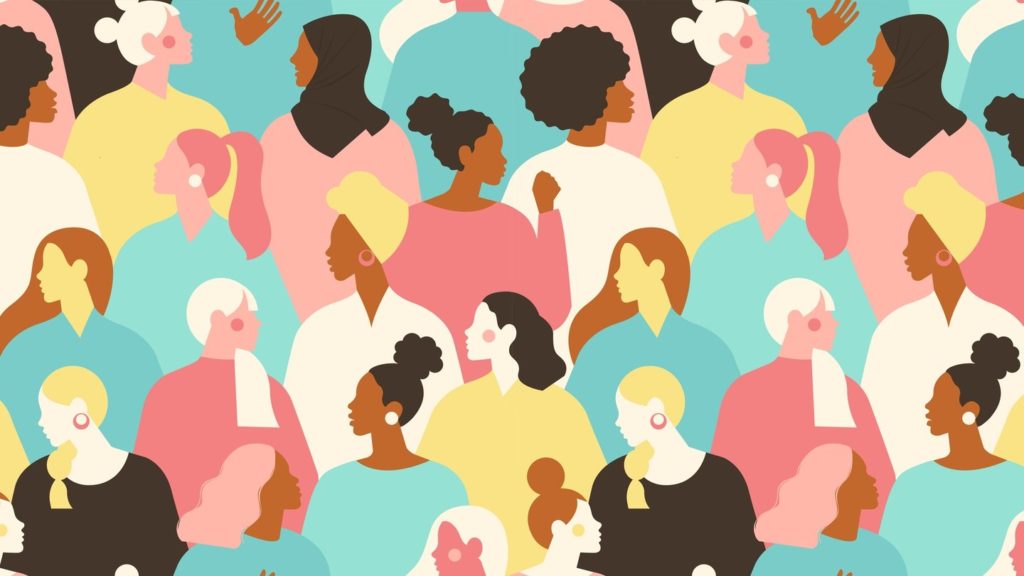Diversity & Inclusion (D&I) in the workplace normally makes us think of gender diversity since this is the most common and visible form of diversity possible in a workforce. Therefore, many of us often seem to ignore that other forms of diversity also exist, such as cultural, racial, religious and neuro diversity. On 21 May annually, the United Nations celebrate a World Day for Cultural Diversity for Dialogue and Development. Many companies around the globe use this occasion as an opportunity to celebrate D&I by conducting various organisation-wide events.
Diversity goes hand in hand with inclusion. There is no point of recruiting a diverse workforce if people are not included and welcome in the organisation. Employee turnover would increase whereas engagement, motivation and retention would decrease if employees do not feel appreciated, respected and valued. Therefore, a proper strategy should be developed and implemented to promote a culture of acceptance and inclusion, where people from all origins and backgrounds can thrive. This is also beneficial for the business as, according to a report, the relationship between diversity on executive teams and the likelihood of financial outperformance is strong.
One could argue that such findings would not be relevant for a country like Pakistan where racial, religious and sexual orientation diversity are otherwise limited, and D&I in the workplace is not important. They could not be more wrong! To somebody who has spent their whole life in one city, the culture of a neighbouring city could seem to be different, let alone a different province. There are so many different languages spoken throughout the country that it would be a fallacy to think that a company will not profit from having a D&I strategy. By having a culturally and ethnically diverse workforce, a company will have more resilient team structures and will be able to benefit from the exchange of new ideas and different points of view. If the private sector commits to promoting D&I in their teams, a country-wide culture of geographical mobility could also become the norm.
So how can a company and its managers promote D&I in the workplace? Here are a few ideas:
- Set an inclusive tone at the top. This can be done by ensuring visibility of the D&I messages from the management, and making line managers accountable for their D&I goals. This can also be achieved by high representation of diverse employee groups at the executive management level. Management commitment to certain causes can also create interest and engagement among employees. For example, gender bonds can be issued for specific gender related projects.
- Be an equal opportunity employer. Avoid lip-service and treat all potential candidates fairly. For internal promotions, when employees know that they will be treated fairly and transparently, they would be motivated to continue working with the same company.
- Do not simply set quotas for hiring while forgetting about the inclusion process. When hiring a woman, for example, do not assume that she will automatically become integrated without facing any possible resistance or even harassment. An employer should make sure that everybody in the organisation feels respected and is able to work with dignity.
- Value differences. Gender or age diversity would translate to different perspectives and manners of dealing with certain aspects of work. All these differences and minor “tensions” within teams can be productive and healthy as colleagues challenge each other’s habits and ways of working.
- Avoid unconscious bias in language. Oftentimes, stereotypes seep into language over time and therefore, people refer to them without even realising that they are being inconsiderate or inappropriate. So choose your words wisely.
Nowadays, in order to progress, it is essential for organisations to be diverse. With expansion, cultural and language barriers become inevitable. It is only through a diverse workforce that such difficulties can be surmounted. D&I is important for employees as well in the sense that cultural, social and religious filters can be constantly challenged in such an environment, hence forcing people to expand their horizons and flourish. Therefore, as a manager, one should introspect. How many women, ethnic or religious minorities are on the management board? Does the organisation, as a whole, have a pretty good gender balance yet very few women in senior positions? Is there any differently-abled employee in the company, such as an autistic person or someone who can’t walk? By posing these questions, a company can pinpoint areas that need to be improved or are already strengths. Through creating diversity and promoting inclusion, an organisation will have a truly integrated culture of people from different backgrounds and hence, will also prove to be a valuable player in society.
The author, Aamina Khan, who is also the editor of Ed-watch, is an international polyglot citizen who likes to explore the world differently. A Chartered Accountant by profession, she likes to read and write in various languages as an amateur.







